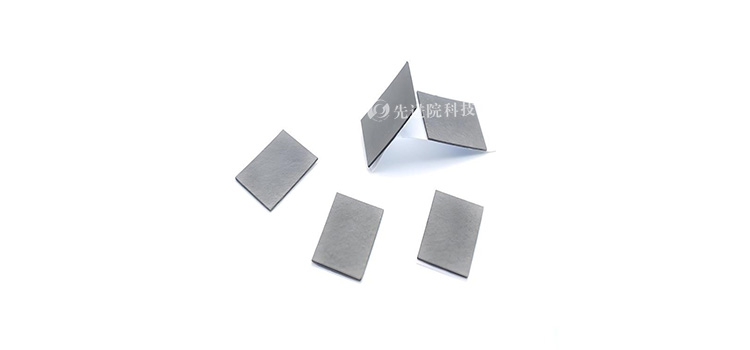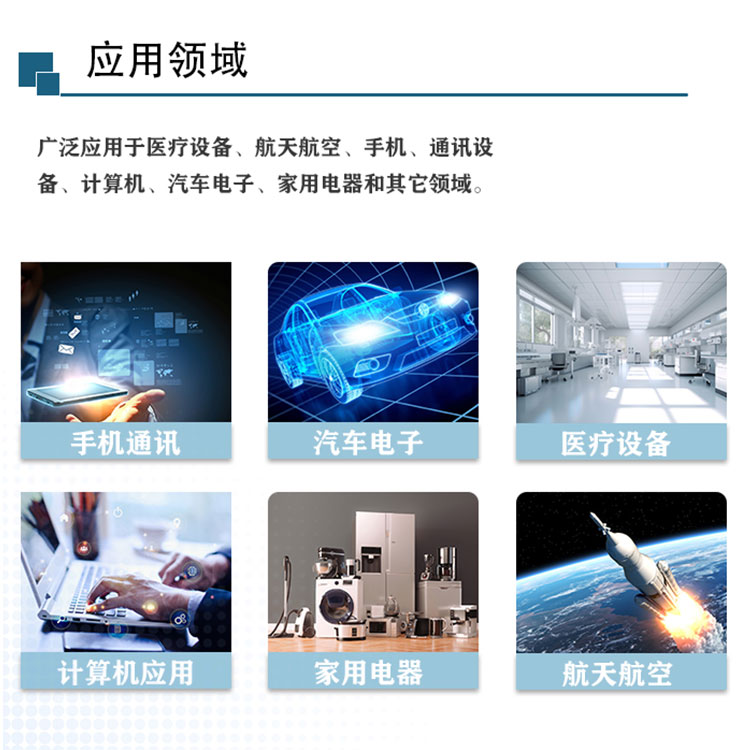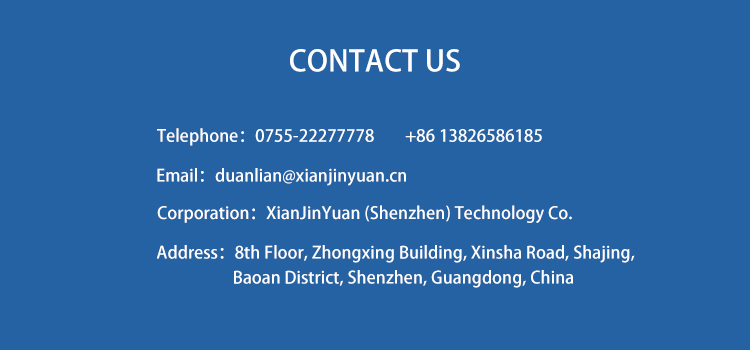Suppressing absorbing and thermally conductive materials, as the name suggests, refer to materials that can suppress electromagnetic wave absorption and heat conduction. This type of material has broad application prospects in electronic devices, communication systems, military stealth technology, and other fields. With the continuous improvement of power density in modern electronic devices, electromagnetic compatibility and heat dissipation issues have become increasingly prominent. Therefore, researching materials that suppress absorbing and conducting heat is of great significance.
Main types and characteristics
The main types of materials that suppress absorbing and conducting heat include polymer composite materials, ceramic materials, and metal materials.
- Polymer composite materials: usually prepared by adding specific fillers (such as absorbers, thermal conductive fillers, etc.) to the polymer matrix. This type of material has good flexibility, processability, and lightweight, making it suitable for applications with various complex shapes and surfaces.
- Ceramic materials: They have high hardness and high temperature resistance, and are commonly used for electromagnetic shielding and heat dissipation in high-temperature environments. By adjusting the composition and structure of ceramic materials, their absorption and thermal conductivity can be controlled.
- Metal materials: have excellent conductivity and thermal conductivity, but usually have high density and cost. In certain specific application scenarios, the absorption and thermal conductivity can be improved through alloying, surface treatment, and other methods.
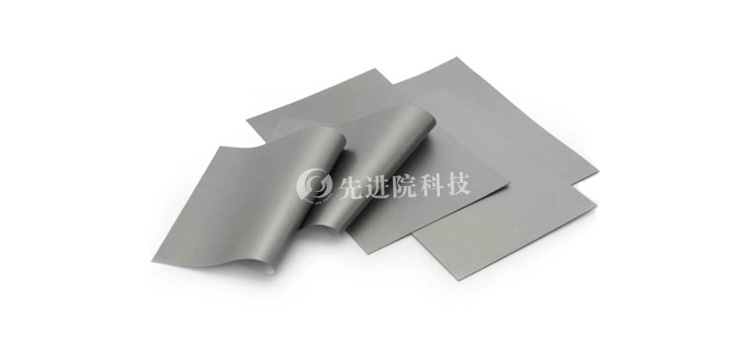
Methods for suppressing absorbing and conducting heat
There are various methods to suppress absorbing and thermally conductive materials, including selecting suitable materials, optimizing their thermal conductivity, coating multi-layer structures, controlling material density, and combining with other materials or technologies
- Choose appropriate materials: Based on factors such as application scenarios, requirements, and budget, select suitable materials for suppressing absorbing and conducting heat. For example, for application scenarios that require lightweight and high flexibility, polymer composite materials can be chosen; For applications in high-temperature environments, ceramic materials can be chosen.
- Optimize the thermal conductivity of materials: reduce their thermal conductivity by adjusting their structure and composition. For example, increasing the porosity in the material and adjusting the concentration of fillers can effectively reduce the thermal conductivity of the material.
- Coating multi-layer structure: Coating multiple layers of absorbing and insulating layers on the surface of the material to reduce the absorption of electromagnetic waves and the conduction of heat. This multi-layer structure design can effectively improve the material's ability to suppress absorption and thermal conductivity.
- Controlling the density of materials: Properly controlling the density of materials is also an effective method. By increasing the porosity and porosity of the material, the effective density of the material can be reduced, thereby reducing the occurrence of heat conduction.
-
Combining with other materials or technologies: Nanomaterials, radiation heat dissipation technology, etc. can be combined to improve the effectiveness of suppressing absorbing and conducting heat. For example, the introduction of nanomaterials can enhance the absorption effect; Radiation heat dissipation technology can reduce the thermal conductivity of materials by dissipating heat in the form of radiation.
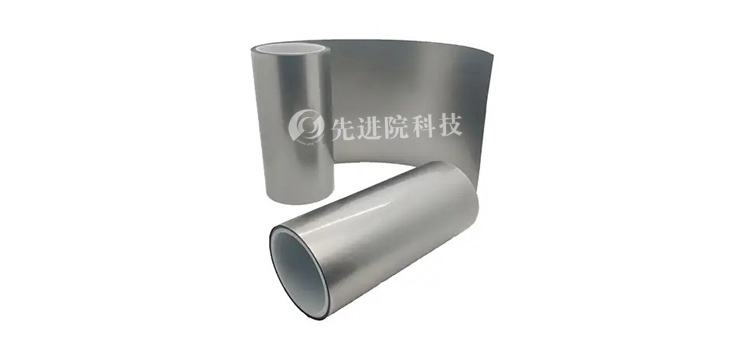
application area
Suppressing absorbing and thermally conductive materials has broad application prospects in multiple fields:
- Electronic devices: used to solve electromagnetic compatibility and heat dissipation problems, improve device performance and stability.
- Communication system: Reduce electromagnetic wave interference and reflection, and improve the transmission quality of communication signals.
- In the military field, it is used for military applications such as electromagnetic concealment and radar reflection attenuation to improve the stealth performance and survivability of military equipment.
